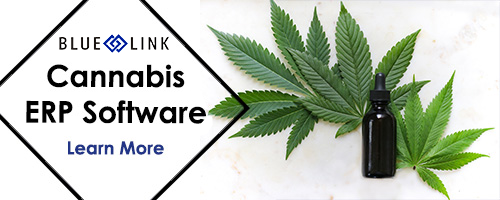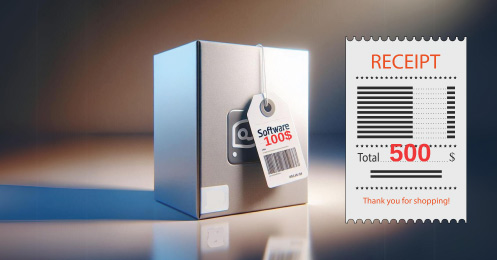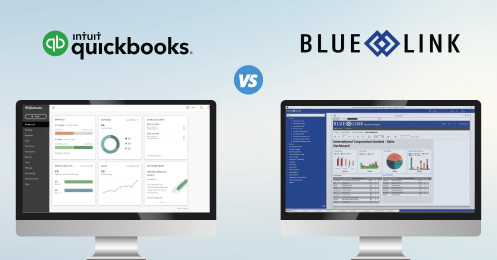As a relatively new industry, the Canadian Cannabis industry has seen several changes over the past couple of years regarding access, licensing, regulations and reporting. However, the importance of inventory management and full seed-to-sale product tracking is still at the forefront of maintaining compliance with Health Canada regulations. Like all regulated industries, proper inventory management and traceability is key to keeping consumers safe and maintaining a reliable and lawful supply chain. To manage all business operations – accounting, inventory management, lot tracking and batch control, order entry and processing and warehouse shipping – Blue Link ERP took our experience from the pharmaceutical industry and applied it to the Canadian Cannabis space. In developing features specific to this industry, Blue Link also needed to come up with a solution for managing Health Canada’s Cannabis Tracking and Licensing System (CTLS), requirements.
CTLS Reporting Requirements
Under regulations set forth by Health Canada, CTLS reporting refers to a web application that enables the submission of data required monthly by businesses with a Cannabis license. This reporting requirement helps to track the movement (the increase and decrease) in quantities of all the different categories of cannabis from seeds through to finished product. This helps to ensure that no product has left the legal supply chain to fuel the black market and is similar to requirements outlined in the pharmaceutical industry.
With CTLS reporting, your business must track every unit of cannabis product as it moves throughout the supply chain, no matter if you are dealing with unpackaged flower, edibles, solids, non-solids, packaged edibles, packaged dried cannabis etc. This includes tracking product that is damaged during transportation or processing, product that is siphoned off for testing, and product that is destroyed, lost or stolen, shipped overseas or shipped domestic. For larger organizations that deal with a variety of cannabis products, this involves filling out thousands of columns of information on the same report. For smaller businesses, with fewer products and less movement, the number of required fields drastically decreases, however, it can still be a very manual and time-consuming process.
CTLS Report Format
Both large operations and small micro-cultivators typically have a few people on staff designated for compliance management and it is these people who are usually responsible for CTLS reporting. They must fill out information either directly on the CTLS website or in an Excel spreadsheet based on formulas and following a specific format set out by Health Canada. Even with the Excel formulas created by Health Canada to help reduce some of the manual work required, entering this information is a very time-consuming process and prone to human errors – especially since at the time of this writing, the current CTLS report template has over 2000 columns of required information. Therefore, even if you only work with a small amount of Cannabis product, this becomes almost a full-time job. Once you have filled in the correct information in Excel, you can then upload the file to the CTLS web application. Other important requirements set out by Health Canada include:
- Information must be recorded on a monthly basis before the deadline
- You have to reconcile the information from the previous month – compare quantities from the end of the previous month with the beginning of the new month (how many seeds you bought, transferred, planted, wasted, etc.)
- There are standard conversions from plants to concentrates and other products – so if you have x amount of flower at the end of the month, that should equal x amount of extracts for the start of the next month
- You have to report product values for each license – if you have more than one license, you have to record information for each license
Learn more about Health Canada CTLS Reporting
CTLS Reporting with Blue Link ERP
Blue Link’s seed-to-sale ERP software helps to automate and simplify CTLS reporting. With Blue Link, information from the ERP gets automatically populated in the Excel file. This enables you to automatically generate a version of the CTLS report/file with all the correct information by simply clicking a button. Once the report has been created, you can then save it as CSV file to upload into the CTLS web application. Based on integration between Blue Link and Excel, we can easily map the Excel CTLS file columns with fields in Blue Link to populate the correct information. This significantly reduces the amount of time it takes to create and submit the CTLS report every month.











